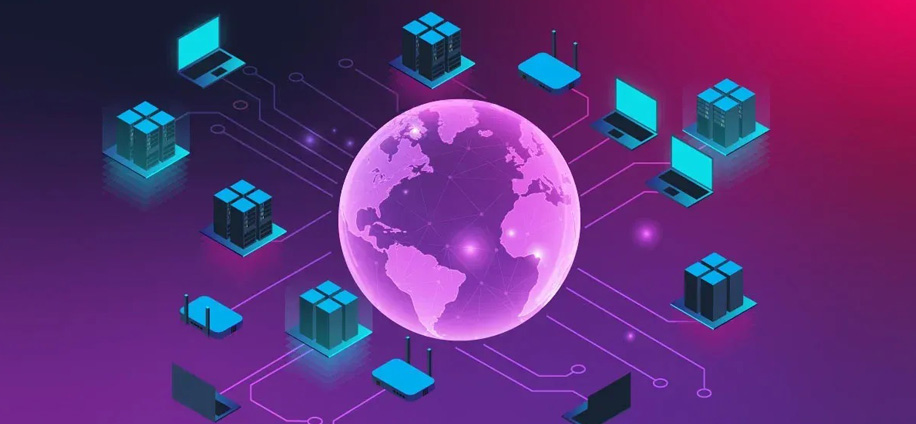
In the shadows of the internet, a thriving economy exists—one where identities are currency. Social Security numbers, driver’s licenses, passport scans, and even entire digital personas are packaged and sold like products on dark web marketplaces.
These aren't stolen accounts—they’re manufactured replicas: digital doppelgängers built from data fragments and forged documentation. For a price, anyone can disappear and reappear under another name.
But who buys these identities? How are they used? And what makes the sale of fake personas one of the dark web’s most enduring—and dangerous—trades?
A fake identity isn't just a name and a number. It's a fully formed persona, designed to pass security checks, fool automated systems, and sometimes even evade real-world law enforcement.
These identities are sold at different price points depending on their completeness, credibility, and geographic origin. U.S. identities usually command the highest price.
Purchasing a fake identity is surprisingly streamlined. Most marketplaces use interfaces that mimic legitimate e-commerce sites, offering product listings, vendor ratings, and encrypted chat features.
Vendors advertise “packages” for sale. Listings might include:
Buyers often browse forums like Dread or use dark web marketplaces like Genesis Market (before takedown) or clones of Empire Market.
The more complete and tailored the identity, the higher the price—ranging from $50 for basic info to $2,000+ for verified, forged passports with embedded chips.
Fake identities are used by a broad spectrum of actors, each with different motives.
These buyers use fake identities to:
By rotating through identities, fraudsters avoid detection while scaling their schemes.
Vendors and hackers need plausible front identities to:
In some cases, the same identity is used to launder stolen cryptocurrency through regulated platforms.
In oppressive regimes, digital doppelgängers may be used for:
While ethically different from criminal use, the tools and markets used are often the same.
The next generation of fake identities is no longer hand-forged. It's machine-generated.
Websites like ThisPersonDoesNotExist.com have given fraudsters access to high-resolution, AI-generated faces—perfect for passport scans, social profiles, and biometric systems.
Some black-market tools now generate entire personas with:
These tools are sold as “identity kits as a service,” requiring no technical expertise.
The fake identity trade is not risk-free—for buyer or seller. Law enforcement has made this market a high-priority target.
Operations like Genesis Market takedown (April 2023) and Operation Bayonet targeted identity vendors by:
Anyone buying an identity—even for “non-malicious” purposes—could face criminal prosecution, blacklisting, or worse.
Just as the identities themselves are fake, so are many of the vendors. Risks include:
Buyers often gamble on vendor reputation—but even highly rated sellers disappear overnight.
While much of the identity trade is criminal in nature, not all use cases are morally black and white.
Still, the same tools used for freedom can be—and are—used for exploitation, deception, and financial crime.